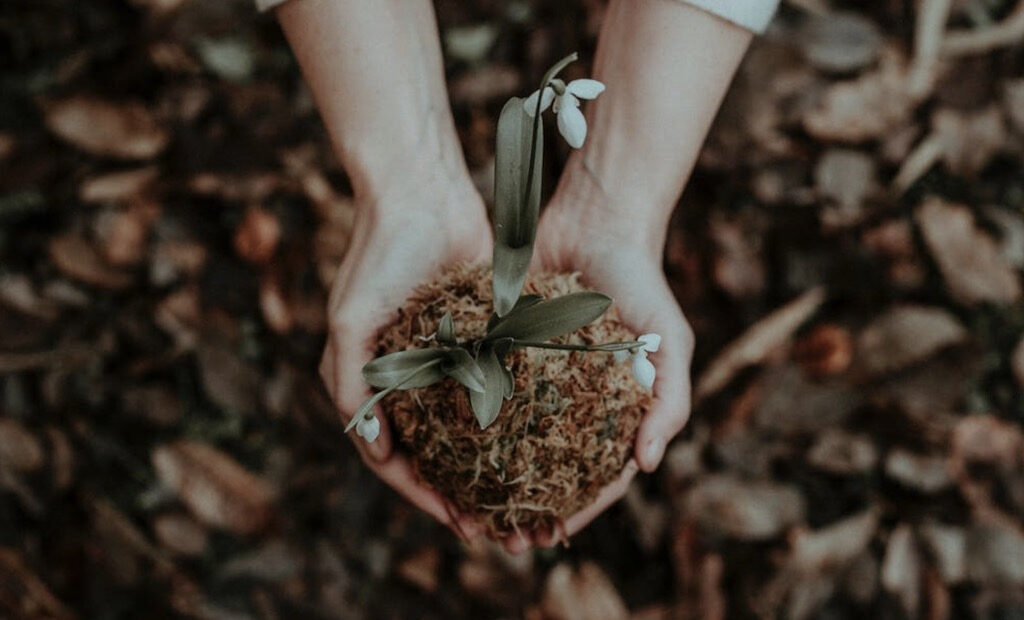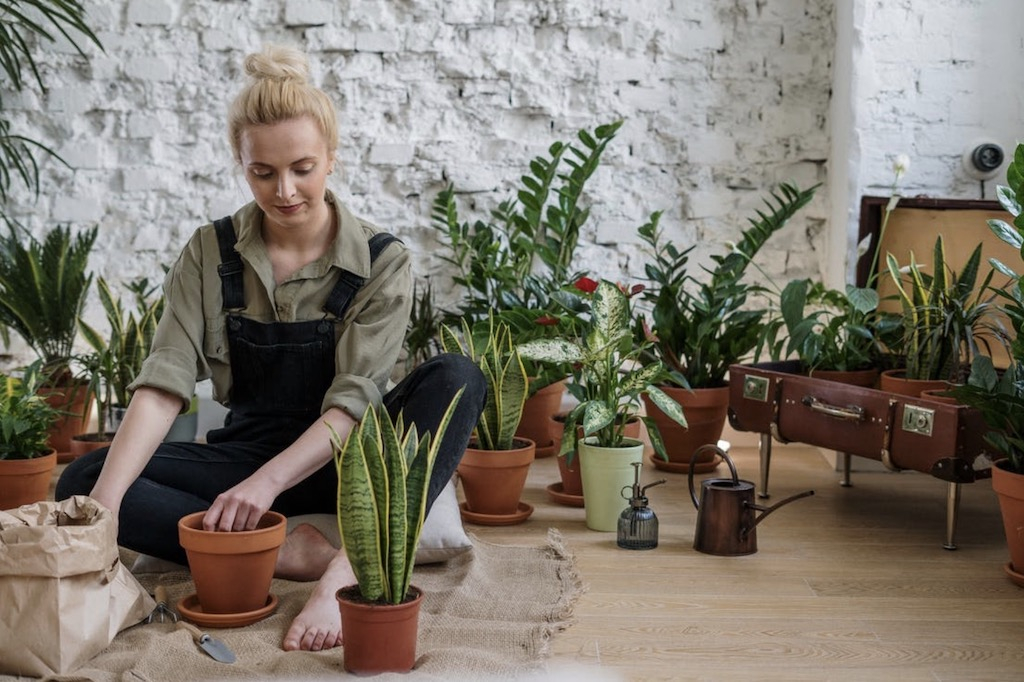Insights for cultivating cannabis in legally permissive states

The decriminalisation of marijuana in several US states does not automatically permit unregulated home cultivation. There remain regulatory hurdles to negotiate when it comes to personal cannabis cultivation. Planting numerous plants is permissible in some states, but it remains strictly forbidden in others.
Is it possible to grow inconspicuously? Are auto-flowering seeds superior to feminised ones in this regard? This article addresses these aspects to provide comprehensive information.
Exploring the advantage of auto-flowering seeds for cultivators
Within the realm of cultivation, there are three principal types of seeds: auto-flowering, feminised, and regular ones. Sites such as https://askgrowers.com/seeds/autoflower present a multitude of options. Each variety requires specific conditions for successful propagation from seed to mature plant.
Feminised seeds have unique attributes. In terms of yield, they tend to outperform auto-flowering varieties. Their primary distinction from auto-flowering seeds is their light requirement. Feminised seeds necessitate a specific light setting during the flowering stage to promote bud development. Absence of this required light changes inhibits the plant’s flowering.
Auto-flowering seeds differ regarding their light setting needs. They do not require alterations in light conditions for flowering. Their maturation is determined by the time of planting. Once they reach the flowering stage, they develop buds irrespective of the light conditions they are exposed to during growth.
Deciding between auto-flowering or feminised seeds requires consideration of the grower’s expertise. Seasoned cultivators can handle the rigorous demands of feminised varieties, adeptly adjusting light settings and carrying out pruning and training of the plants as required.
For novice growers, auto-flowering seeds are a more appropriate choice, as they require less intricate care. They thrive with minimal oversight and simple maintenance practices.
Required conditions for plants to prosper at different stages
A plant progresses through four distinctive stages from seedling to maturity. At each stage, certain conditions are necessary to nurture healthy plants.
Germination stage
Germination is a critical phase in cultivation. Four key conditions are necessary for seeds to germinate: moisture, darkness, warmth, and time. Moisture can be provided by placing seeds on a damp paper towel. The seeds require a temperature between 20-25 degrees Celsius for germination. Time required for germination varies among seeds. A healthy seed typically germinates within 2-3 days, after which it can be transplanted to the growing medium.
Seedling stage
After germination, seeds transform into seedlings. At this stage, the seedlings may possess as few as one or two tiny leaves. They need light, warmth, and humidity for proper growth. The recommended humidity at this stage is between 65 and 70%. Any increase or decrease in this range can be detrimental. The optimal temperature is between 75 and 80 degrees Fahrenheit; temperatures beyond 80 degrees can lead to seedling death.
Vegetation stage
The vegetative stage is marked by the development of the characteristic leaf shapes of plants. There is also an increase in leaf quantity, resulting in more moisture evaporation. Humidity levels at this point should be between 40 and 70 per cent, with a 5 per cent decrease each week. The temperature can be raised during this stage to counteract increased evaporation.
Flowering stage
During the flowering stage, humidity levels can drop as low as 40 or 50% and can further decrease. At this stage, the plant has developed a complex root system and is not entirely reliant on leaf-absorbed water. Excess humidity should be avoided to prevent mould and mildew formation on the plants.
Late flowering stage
The late flowering stage can begin from week six until the buds reach full maturity. This stage necessitates the buds to develop their flavours and potency. Maintaining the temperature between 70 and 80 degrees Fahrenheit and lowering the humidity to 30-40% are recommended. These conditions enable the buds to fully mature for harvesting.
Considerations for a discreet cultivation
Cultivating inconspicuously can be challenging, especially due to its unique smell and appearance. Even the growing process emits a distinct odour as the plant matures. The following tips can help achieve discreet and healthy growth.
Planting location
The location plays a vital role in cultivating marijuana. Choosing a location with minimal foot traffic, such as a secluded backyard or a fenced area, is sensible choice. With the location secured, other methods can be employed to keep the cultivation discreet.
Controlling plant odour
While it’s improbable that neighbours will identify cultivation from the smell alone, certain strains emit stronger scents than others. Consultation with a dispensary attendant can provide a range of discreet strain options.
Companion planting
To companion plant is an effective way to mitigate the problem of. Certain plants, such as lavender and lilac, emit strong odours that can mask the smell. Also, some plants, like sunflowers, are tall and can help to camouflage the plants.
Companion cropping offers other advantages too. Some plants naturally deter pests and diseases, and when planted alongside cannabis, can contribute to healthier crops. Moreover, some plants, such as legumes, enrich the soil with nitrogen and other minerals, thereby improving the health of the plants.
Regular pruning and training
Regular pruning and training can significantly reduce the visibility of auto-flowering plants. Some plants grow tall and bushy. Pruning involves trimming excess leaves on the plant, promoting healthier growth by preventing overcrowding and enabling light to reach all parts of the plant. Training involves using strings and other materials to direct plant growth. This control over plant height results in sturdy, strong plants.
Conclusion
Legalisation in certain states has spiked interest in home cultivation. Where state laws permit, many have ventured into growing their own plants. However, there are many regions where it’s not legal, thus not possible. Auto-flowering seeds are a superior choice for low-key growth due to their low maintenance requirements. With a few strategic techniques, healthy plants can be grown without drawing unnecessary attention.
The editorial unit

























Facebook
Twitter
Instagram
YouTube
RSS